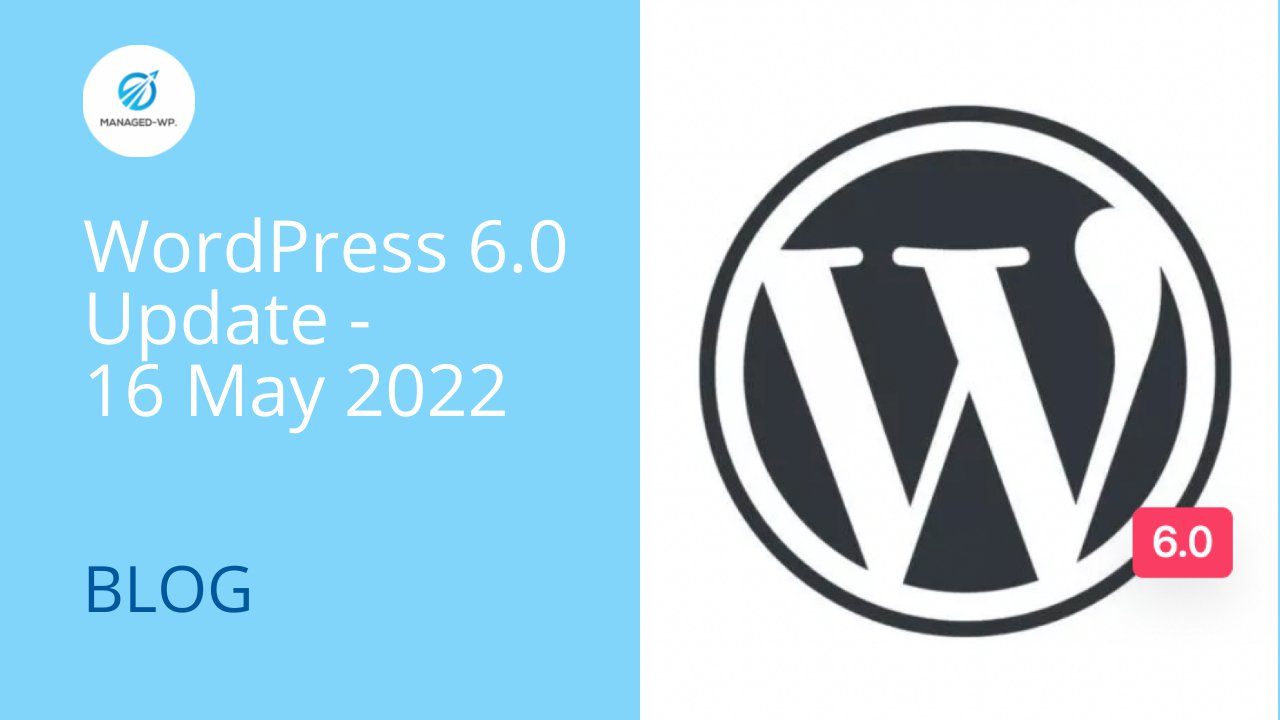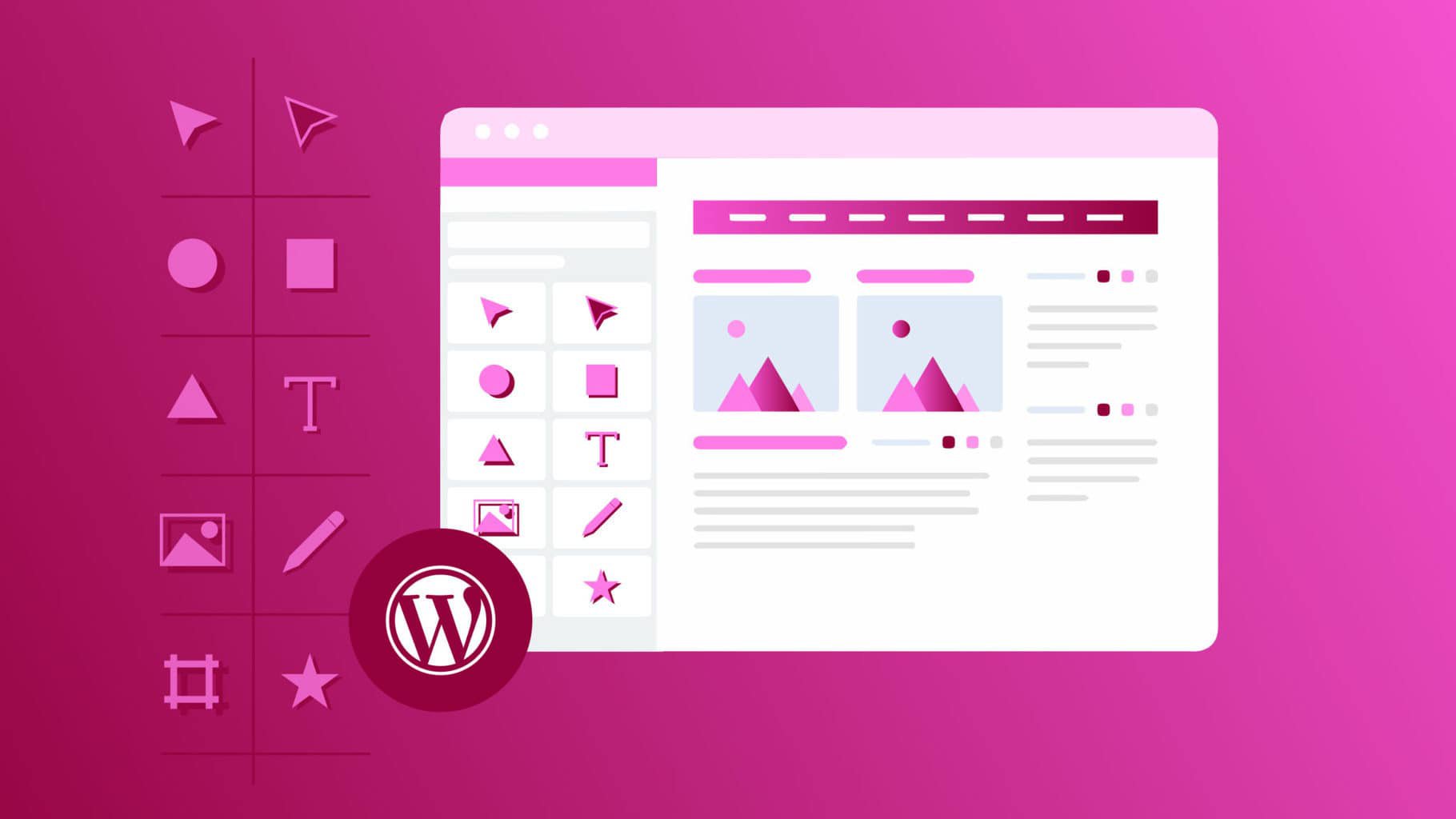全世界的 WordPress 粉丝都期待着 2022 年 5 月 24 日 WordPress 6.0 的正式发布!通过 97 项升级和功能请求、131 项错误修复、13 项 Gutenberg 错误修复和 23 项其他调整,它一定会为初学者和专家在用户友好性和生产力方面迈出重要一步!
WordPress 在正式发布之前将发布几个测试版本和候选版本。以下是 WordPress 6.0 时间线 由 WordPress 团队提供:
WordPress 6.0 的里程碑和发布时间表:
2022 年 4 月 12 日——Beta 1
2022 年 4 月 19 日——Beta 2
2022 年 4 月 26 日——Beta 3
2022 年 5 月 3 日——候选版本 1
2022 年 5 月 10 日——候选版本 2
2022 年 5 月 17 日——候选版本 3
2022 年 5 月 23 日——试运行
2022 年 5 月 24 日——WordPress 6.0 发布
正在开发的 WordPress 6.0 功能:
借助 Gutenberg 编辑器和模式库,上一个主要版本为完整的网站编辑奠定了基础。我们可以预期现有功能将得到显著改进,并新增功能,从而带来更好的网站构建体验。
让我们来看看 WordPress 6.0 的一些最令人期待的功能。请记住,这不是一个详尽的列表,因为开发人员可能会在发布日期临近时对其进行更新。
1. 网站编辑:
上一个主要版本中引入的网站编辑器在页面和帖子定制方面取得了重大进步。
WordPress 6.0 将通过添加新功能和删除某些限制来增强编辑器。以下是 WordPress 6.0 中预计的一些站点编辑器增强功能:
全局样式切换器。用户将能够在预配置的全局样式选项之间快速选择。这意味着您可以使用全局样式界面来实现新的全局样式,而无需更改现有样式。
在多个区块上选择文本。此新写作功能允许您从各个段落和标题区块中选择文本。如果您尝试在当前版本中执行此操作,则会选择整个区块。
1.1 全局块样式:
保持块样式。当您将一个块转换为另一个块时,此新功能会保留块的设计,包括颜色和字体。例如,如果您过渡到标题块,文本颜色将保持不变。当您向内容添加更多按钮时,此样式保持功能也适用于按钮块。
1.2 更多模板选择:
WordPress 6.0 将具有新的模板开发功能,例如作者、类别和分类法。
1.3 结合块主题的多种样式变体:
主题与模板分离。更改主题不会对任何已修改的模板产生影响。
WordPress 6.0 计划为站点编辑器提供浏览模式和站点导航框架。
2. 区块:
WordPress 6.0 中的 WordPress 块将得到很大改进,包括添加大量新块。以下是新版本中值得期待的一些值得注意的增强功能:
2.1 新的构建模块:
WordPress 6.0 将为帖子添加作者简介和阅读更多区块。还计划添加 12 个帖子评论区块,包括评论表单和评论循环区块。
2.2 块样式预览:
当您将鼠标悬停在设计工具中的块样式选择上时,内容区域中会出现实时预览。
2.3 停止UI锁定:
WordPress 5.9 引入了锁定功能,尽管用户仍必须修改代码才能锁定块。在 WordPress 6.0 中,将在块工具栏中添加一个 UI,以便轻松锁定块。
2.4 特色图片的扩展:
精选照片将不再局限于帖子中的精选图片块。它们将能够被纳入媒体和文本块以及封面块中。这一改进将拓宽设计选择。
2.5 转型中的更多选择:
WordPress 6.0 将提供六个新的块转换选项,包括段落到代码、组到行以及标签云到类别。
2.6 引言:
允许在引文和列表中使用子块。此限制是造成当前写作体验某些限制的原因。
3.图案:
在 WordPress 6.0 中,块模式将成为网站构建过程的核心。WordPress 已在其官方网站上引入了模式目录和模式创建器,从而开始了这一过程。
关键变化是快速块插入器将被替换。当您单击站点编辑器内容部分中的加号时,插入器将显示模式可能性而不是块选项。
另一个建议是利用模式来修改布局。模式目前仅用于创建新材料。根据这个想法,模式应该能够修改内容布局而不会丢失现有内容。
4.设计:
WordPress 6.0 旨在改善用户体验、增加更多自定义可能性,并增加设计工具中的 API 支持。此外还有一些小改进,例如改进的调色板界面和边框控制。
以下是 WordPress 6.0 中的一些主要设计工具改进:
4.1 多块布局变换:
WordPress 6.0 将在块工具栏和设计工具面板中提供转换大量块的新选项。用户可以利用此功能将大量块转换为容器块,例如组、行和堆栈块。
4.2 自定义帖子的日期格式:
发布日期块设计工具将允许您使用自定义日期格式。
4.3 画廊区块之间的间距:
在区块设计工具中,图库区块将具有区块间隙间距安排。用户将能够借此更好地个性化图库布局。
4.4 Web 字体 API:
Webfonts API 集成已从 WordPress 5.9 中删除,并将在 WordPress 6.0 中恢复。Web 字体选项将添加到用户和主题开发人员的全局样式界面中。
4.5 容器块的排版辅助:
排版设置适用于组、行和堆栈块。
WordPress 的未来:
关于 WordPress 6.0 的早期报告指出了更重大的改进和增强。Matas Ventura 是一名工程师和设计师,他是 WordPress 的 Gutenberg 块编辑器的主要架构师, Twenty Eleven 默认主题的联合设计者,在 2022 年 1 月 26 日的一篇博客文章中发布了后续阶段的粗略高级路线图以及未来版本的总体范围。
“总体目标是整合和改进 5.9 中引入的自定义选项集合,以便使用块生成主题,”Ventura 解释道。“这个新版本可能被视为 Gutenberg:第二阶段的概念性结论。”这并不意味着自定义阶段已经结束,而是其基本要素已经确定。”
Gutenberg 是备受争议但具有开创性的块编辑器的绰号,该编辑器于 2018 年 12 月随 WordPress 5.0 一起发布。Gutenberg 项目的目的是让即使是最没有经验的非开发人员用户也能轻松地以 WordPress 之前的编辑器无法做到的方式生成和更改材料。Gutenberg 通过使用可移动的块组件(如段落、照片、列表、图库、视频、音乐等),可以创建和修改具有视觉吸引力、媒体丰富的页面。
Gutenberg 编辑器在现有版本(5.9)中由三个主要组件组成:
内容编辑器:内容占据了大部分屏幕。当访问者浏览您的网站时,您将获得所有内容的视觉呈现。尽管它并不总是完全精确,但编辑器可以让您对最终布局有一个合理的概念。
工具栏:顶部的工具栏允许您输入新块、撤消或重做以前的调整以及访问其他重要选项。
侧边栏:侧边栏上有两个选项卡。帖子选项卡允许您自定义帖子级参数,如类别、标签、精选图片等。区块选项卡显示您选择的区块的设置。
目前有很多想法,文图拉在他的 路线图。
除了 WordPress 6.0 计划之外,Gutenberg 项目还有自己的开发路线图,分为四个部分。它们如下:
- 更容易编辑: 增强的块编辑。
- 定制: 块模式、块目录、块主题和全局样式。
- 合作: 共同创作类似 Google Docs 和 Office 365 的内容。
- 多种语言: 实现多语言网站和内容,本地替代 WPML.
目前,Gutenberg 项目正处于第二阶段,即定制阶段。虽然第二阶段的开发不会很快完成,但当 WordPress 6.0 发布时,团队可能会开始第三阶段的工作,即协作。
即将推出更多个性化功能:
Managed-WP.™ 团队的 WordPress 产品倡导者 Angela 表示,当前和未来的升级将为 WordPress 用户提供光明的未来,并且充满潜力。
在 WordPress 5.9 正式发布完整网站编辑功能后,WordPress 6.0 计划对核心网站编辑体验进行更多调整和增强,”Angela 表示。“6.0 意味着 WordPress 用户即将不再需要任何流行的页面构建插件,例如 卡登斯, 布洛克西, 元素、Beaver Builder 或 迪维.
查看 Managed-WP.™ PRO 7 天免费试用 并测试 WP6.0 🙂


















![[FREE PLUGIN] Why do you need ManageWP for WordPress management and why it is so popular?](https://managed-wp.com/wp-content/uploads/2022/05/Managed-WPBlogbanner_cb7633762186d82fba98b3db94d55490_2000.jpeg)
